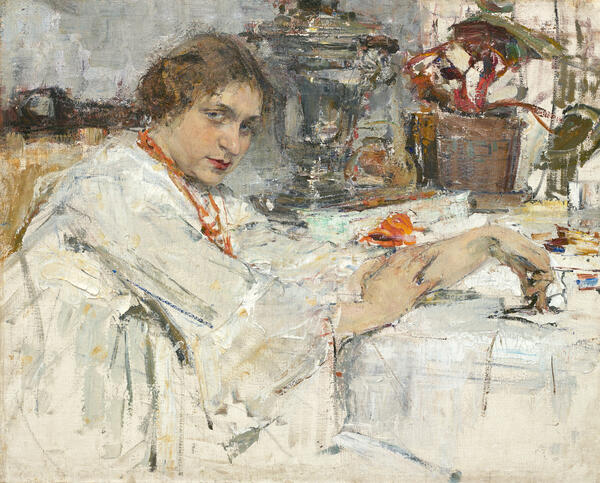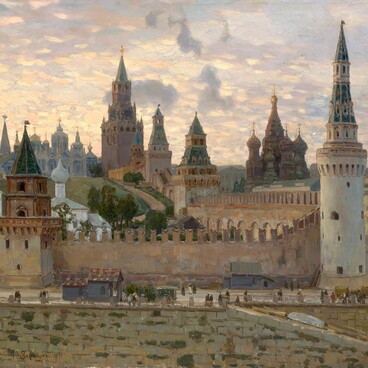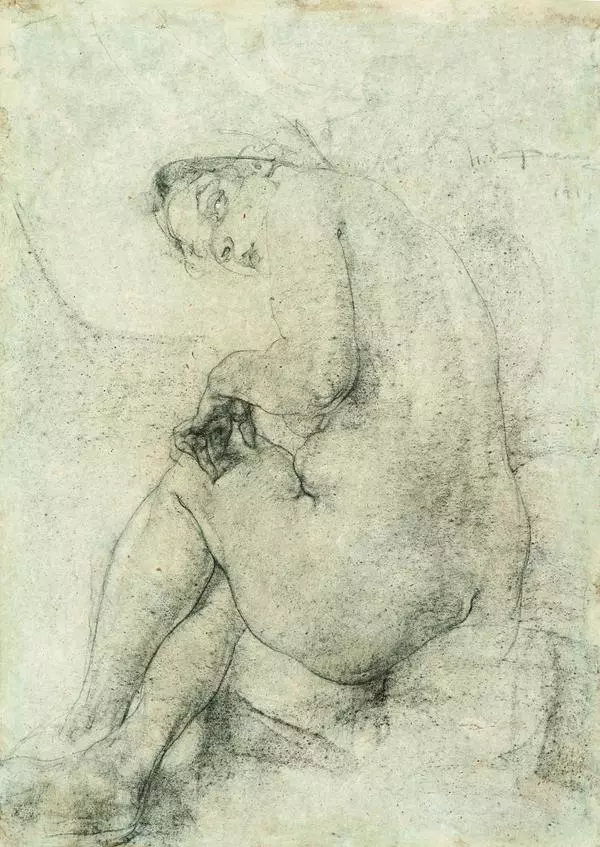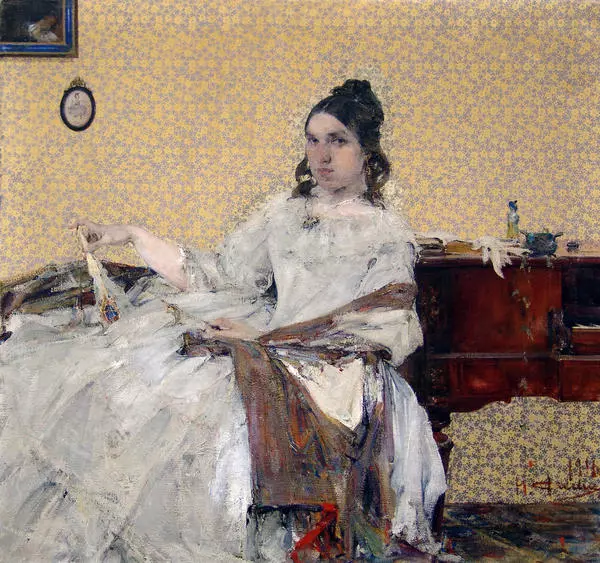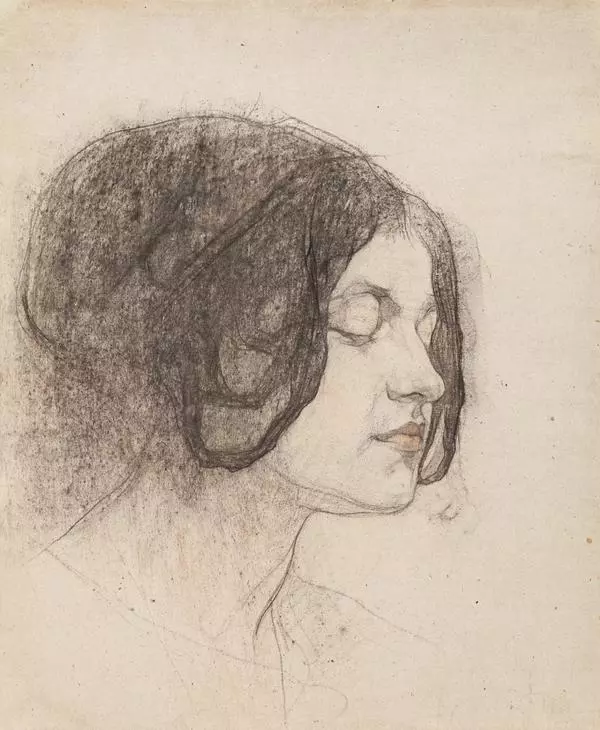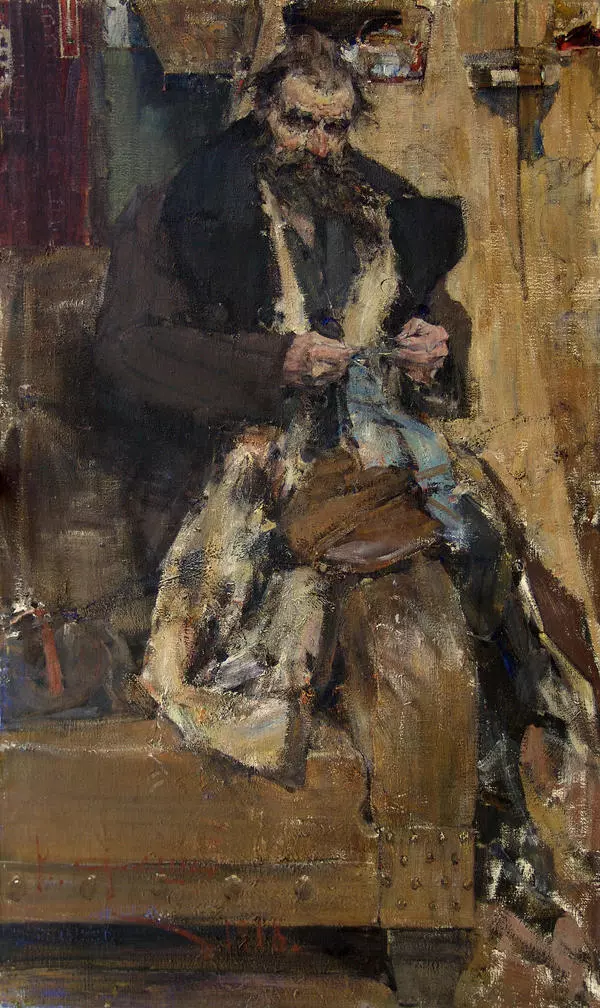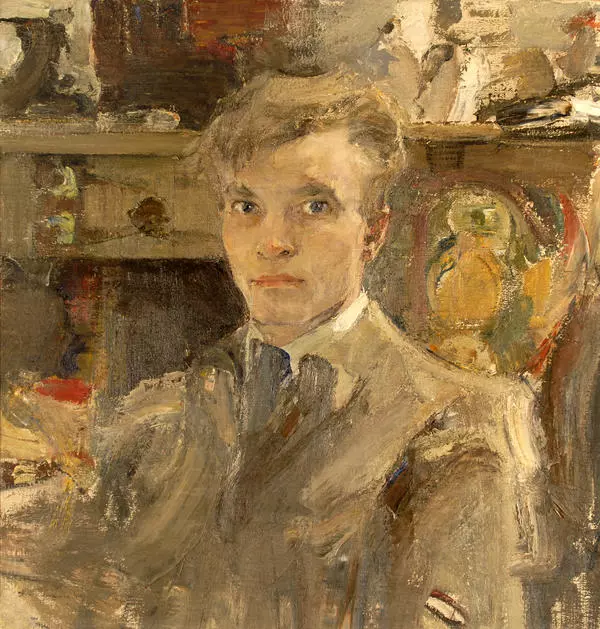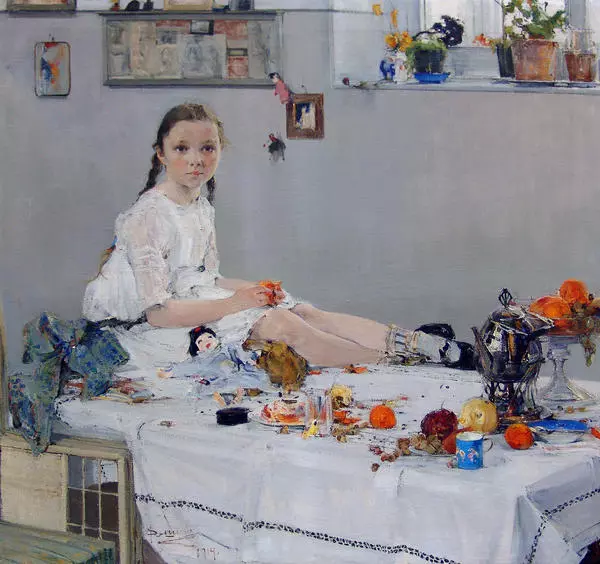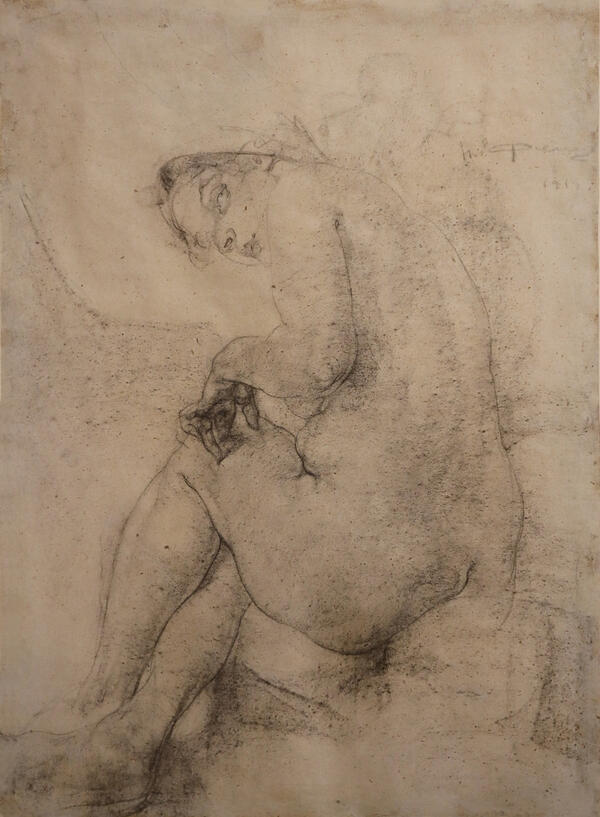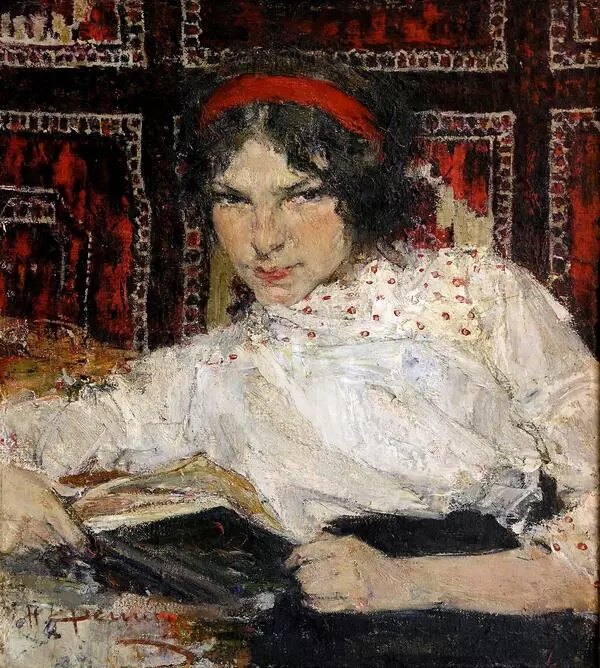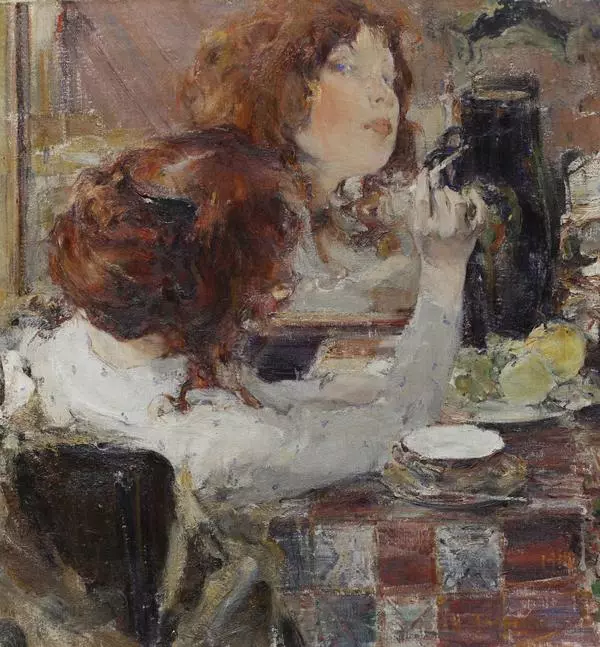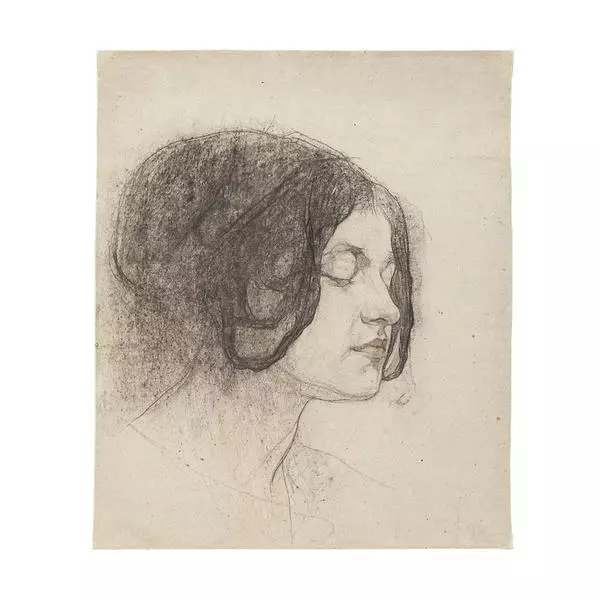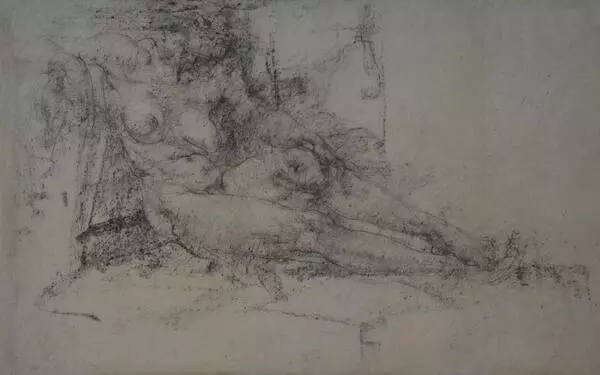The artist Nikolai Feshin had an amazing destiny. He was left alone at the age of 14 in Kazan, entered the local art school, and then, on the recommendation, was admitted to the Imperial Art Academy in Saint Petersburg. There he studied at the workshop of Ilya Repin. His later life looks even more incredible. After the revolution, he and his family, left for the United States without suffering from political repression, where he remained to live and work until his death in 1955. In the USA, Nikolai Feshin is considered ‘their’ artist. But he himself never forgot about his homeland. According to his daughter Iya, he always said that ‘the strongest and most lasting influence on any artist has everything that is associated with the country where he was born.’
After studying in Saint Petersburg, Nikolai Feshin returned to his hometown as a teacher at the Kazan Art School. In this city, he created his most outstanding works of the Russian period and became a full member of the Art Academy.
In Feshin’s work, the portrait genre held a special place. He was an amazing physiognomist, mastering the character of the model. By the time of creating the presented portrait, the artist had already formed his own circle of customers. However, the master himself preferred to paint his relatives and friends, who helped him in conveying individual features. “Portrait of Olga Mikhailovna Yaseneva” from the collection of the Vasnetsov Brothers Art Museum refers to the Kazan period of the artist’s work. It was painted in 1913. Olga Yaseneva was a student of the Higher Courses for Women in Kazan, later a teacher of literature, one of Feshin’s students. They met on the tram.
Valentin Serov was one of Feshin’s favorite artists. The painter admired the latter’s ability to so accurately transfer not only the physical appearance, but also the character of the model, and he himself created in a similar manner. However, in his work Feshin followed his own principles and the artistic techniques he found. This painting uses one of his favorite techniques, “white on white”, revealing all the mastery of color. The artist used a combination of blue-gray tones with bright flashes of orange, green and brown. Feshin painted freely, easily, using wide body strokes. The artist painted the face and hands of the model with great care and detail, leaving the interior of the room more general. At the same time, the portrait is psychological: a cold beauty sits at the samovar, a mannered gesture, heavy and large facial features indicate the wayward nature of a posing girl.
After studying in Saint Petersburg, Nikolai Feshin returned to his hometown as a teacher at the Kazan Art School. In this city, he created his most outstanding works of the Russian period and became a full member of the Art Academy.
In Feshin’s work, the portrait genre held a special place. He was an amazing physiognomist, mastering the character of the model. By the time of creating the presented portrait, the artist had already formed his own circle of customers. However, the master himself preferred to paint his relatives and friends, who helped him in conveying individual features. “Portrait of Olga Mikhailovna Yaseneva” from the collection of the Vasnetsov Brothers Art Museum refers to the Kazan period of the artist’s work. It was painted in 1913. Olga Yaseneva was a student of the Higher Courses for Women in Kazan, later a teacher of literature, one of Feshin’s students. They met on the tram.
Valentin Serov was one of Feshin’s favorite artists. The painter admired the latter’s ability to so accurately transfer not only the physical appearance, but also the character of the model, and he himself created in a similar manner. However, in his work Feshin followed his own principles and the artistic techniques he found. This painting uses one of his favorite techniques, “white on white”, revealing all the mastery of color. The artist used a combination of blue-gray tones with bright flashes of orange, green and brown. Feshin painted freely, easily, using wide body strokes. The artist painted the face and hands of the model with great care and detail, leaving the interior of the room more general. At the same time, the portrait is psychological: a cold beauty sits at the samovar, a mannered gesture, heavy and large facial features indicate the wayward nature of a posing girl.

